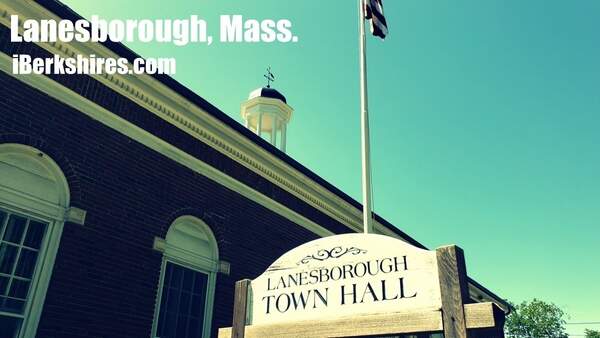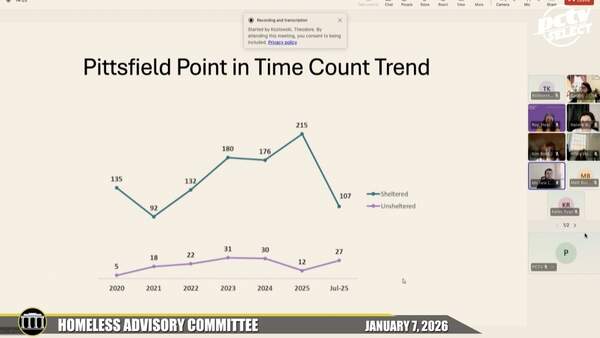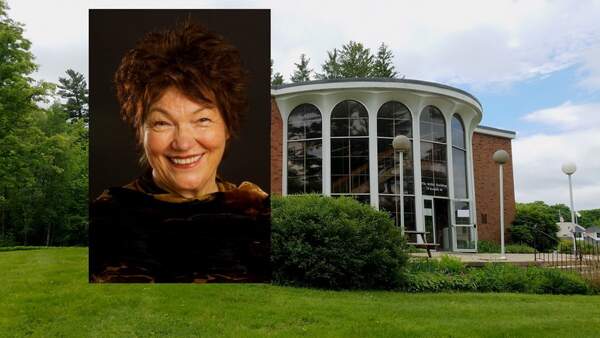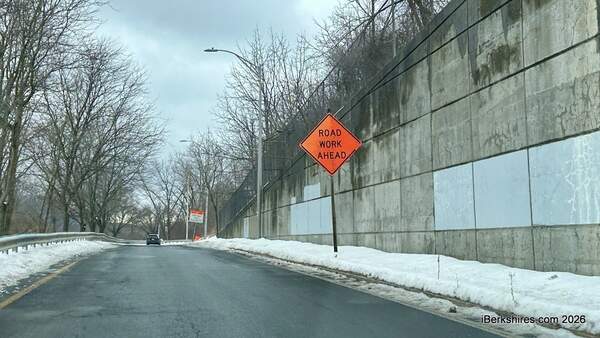Pittsfield Civil Service Task Force Hears From Fire Chief
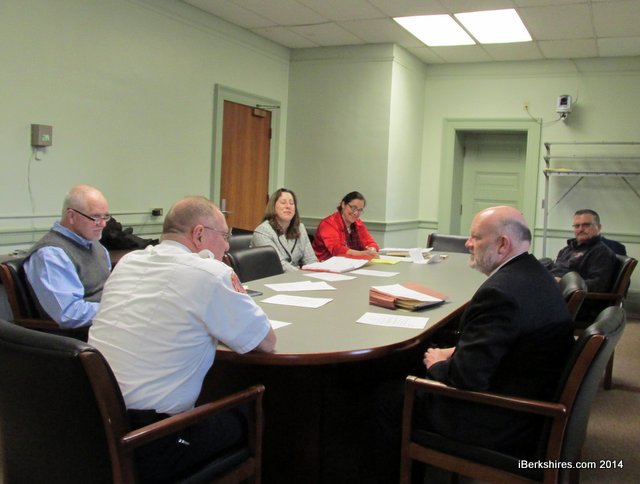 Acting Fire Chief Robert Czerwinski met with the task force on Thursday. Acting Fire Chief Robert Czerwinski met with the task force on Thursday. |
PITTSFIELD, Mass. — The Civil Service Task Force now has a good handle on the benefits of Civil Service. Next, it will be researching the benefits of other options.
The task force met with acting Fire Chief Robert Czerwinski on Thursday; it met with acting Police Chief Michael Wynn previously.
Both chiefs threw their support behind the Civil Service program — particularly with using assessment centers and an exam in narrowing down candidate lists.
"It takes the politics out of the position," said Czerwinski.
The Civil Service process sets restrictions on how an employee can be fired — thus ending most of the risk that a chief would lose the job at the whim of a new mayor. That stability raises the morale of employees and allows the chief to make unpopular political decisions and to set long-term plans.
Czerwinski used the example of a children's theater group looking to rehearse in a building without proper alarm systems. A mayor could force the chief to look the other way, jeopardizing public safety, or risk of losing his or her job. Police Union President Jeff Coco also said a newly elected mayor could oust a chief to give the position to someone else the new mayor owes a favor to.
"The fire chief or police chief can get in place a master plan," Czerwinski said. "It's good to have that consistent for the long term. We need to have a clear direction of where we need to go and the leader sets the vision of the organization."
If a vision is in place and then the chief is changed following an election, that demoralizes employees because they don't know what the long-term goals are, he said.
Further, the Civil Service's assessment center and exam process helps narrow down the candidates to three very qualified ones. The city has used Civil Service for the positions based on only an exam. However, the system also allows for an assessment center, which tests candidate by presenting real situations.
Czerwinski said with the test, there have been some candidates who "fell through the cracks" and would have been great for promotion but were beat out by another candidate who did not possess the needed skills. The assessment center would help alleviate that by ensuring not only are the candidates knowledgeable but that they also possess the people and situational skills needed.
"All promotions should be done through an assessment center," Czerwinski said, though the task force narrowed its focus to only the process for hiring chiefs.
But the system isn't perfect, Czerwinski said in response to questions. The test results take up to six months to be returned, certain numbers of candidates need to apply, the agency is difficult to get answers from and oftentimes the exam covers issues seldom faced, he said.
"There is definitely a disconnect between the agency and the people who have questions," Czerwinski said.
According to Chairwoman Pamela Green, other towns had moved away from Civil Service and implemented their own exams and contracted assessment centers. They opted to go without Civil Service because of rules that allow laid-off employees from other communities to have first chances at open positions. Those employees would take the job, receive their training and when the home community has an opening, return there, she said.
Czerwinski said that isn't likely the case with Pittsfield because salaries are lower here than other parts in the state. He said captains earn more in the eastern part of the state than the chief does here.
"We don't appeal as much to people in the eastern part of the state," Green agreed.
The group now has a better understanding of the process and are leaning toward assessment centers if opting to stay with Civil Service, Green said.
But, the members now need to question the benefits of opting out of the system. The task force is looking to speak with communities that do not have the system so they can weigh the benefits of each aspect.
The task force was formed to provide a recommendation to the mayor for granting permanent chiefs.
Tags: advisory committee, appointments, civil service,

